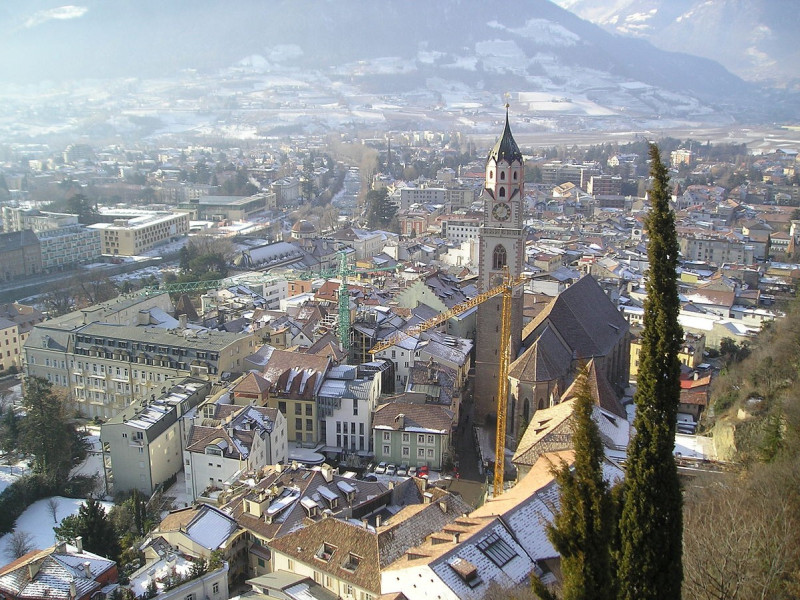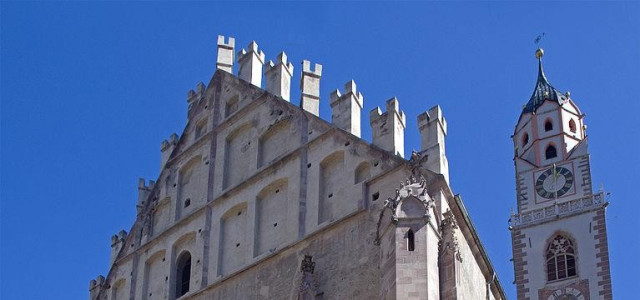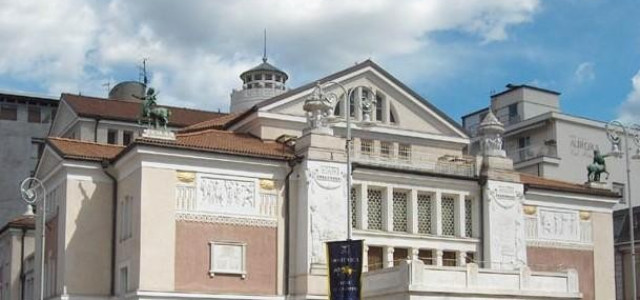Merano
Merano is located at the bottom of the valley, at the beginning of four important valleys: Val Venosta, Val Passiria, Val d'Adige and Val d'Ultimo. Considered as a health resort since the 19th century, Merano was oriented towards tourism for the elderly, thanks to the mild climate and quiet that characterize it, but in the last two decades this trend has changed, especially thanks to a more varied offer and the arrival of national tourism, which has reached and surpassed that of German-speaking countries. In the late-ancient period there is castrum Maiense, a fortified settlement located from the fortress of current Castel San Zeno (Zenoberg), in the chapel of the castrum were buried San Valentino di Rezia (at the end of the fifth century) and San Corbiniano di Frisinga (around 730). From that period remains imposing Torre Ortenstein (vulgarly called "Pulverturm" or "powder magazine" because it was used as a deposit for explosives from the 16th century). Merano has an ancient tourist tradition, many are in fact the guests who spent their holidays here, by Empress Sissi and the writers Franz Kafka and Gottfried Benn. In 1912 Kursaal was born, designed by the architect Friedrich Ohmann. In Merano there is Provincial Tourism Museum "Touriseum", housed in Trauttmansdorff Castle, to which Botanical Garden is annexed, one of the most beautiful in Italy. In December 2005 Merano Thermal Baths were reopened, with a four-star hotel attached. In public offices, as well as in shops, bars, in any local, both Italian and German are spoken. A small Jewish community lives in Merano, with its own synagogue, and a church dedicated to Russian-Orthodox worship, completed in 1897 in Casa Borodine, designed by architect Tobias Brenner.






